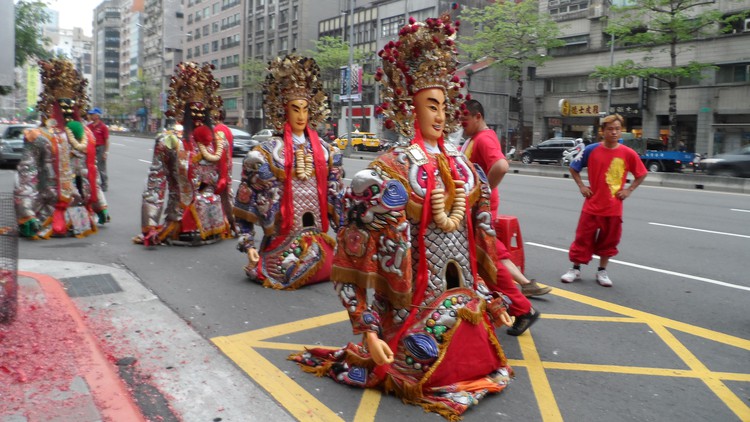
An island with a history of making waves.
What you will learn
Taiwan’s geographic position and role as host to multiple cultures through the ages
the impact of the historical connection to China, and arrivals from Europe
how Taiwan became part of Imperial Japan, up until the end of World War II
the dramatic events of the Chinese civil war and its repercussions for Taiwan
fundamentals of Dr. Sun Yat-Sen’s system of governance for post-Imperial China
how the Cold War brought Taiwan to the center of geopolitical and ideological competition
where Taiwan’s relations stand with China and the broader community of nations
Description
The island of Taiwan has been home to peoples from both near and far over the centuries. Polynesians, Chinese, Portuguese, Dutch, and Japanese have all called the island home. The strategic location of the island has made it sought after and fought over throughout its history. Each wave of visitors and conquerors left its imprint on the cultural, political and legal fabric of the societies on Taiwan.
In the 20th century, Taiwan became the last outpost of the Nationalist forces who were driven from the Chinese mainland in the Chinese civil war. To get a feel for the authoritarian period which followed, Living Law® travels to the Matsu Islands, which used to be at the front lines of the inner-Chinese military conflict. We cover the key features of the long period of martial law, as well as the bilateral defence treaty which (militarily and economically) tied the United States to Taiwan throughout the Cold War. More than once it looked as though Taiwan could become the trigger to a Third World War.
The US pivot to the People’s Republic in the 1970’s had dramatic repercussions for Taiwan. We examine the diplomatic agreements which aimed to maneuver through international waters as treacherous as those of the Taiwan Straits. We focus especially on the role of state recognition under international law.
Despite the geopolitical shifts and the death of its President, the Taiwanese people hardly stood still. Within just two decades, Taiwan emerged from one-party rule and martial law to become one of Asia’s economic tigers. We cover Taiwan’s reaction to a “rising China,” tracing a series of cross-Straits cooperation agreements which helped de-escalate historic tensions. Finally, we consider the prospects for Taiwan’s future under application of the “One China” policy of the People’s Republic. Is it possible to bring a democratic society of 23.6 million people within the framework of a Communist system which rules over 1.4 billion people?
Content